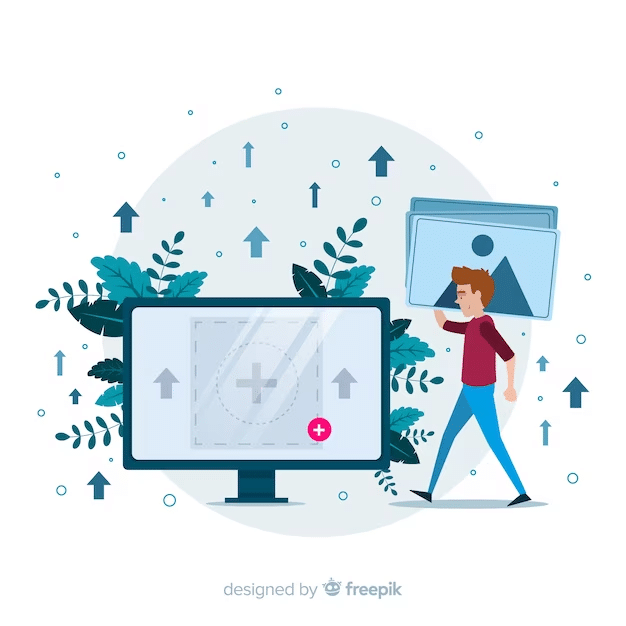In the fast-evolving landscape of technology, one aspect that has witnessed a paradigm shift is the way we interact with visual information. Images have become an integral part of our digital communication, but what if we could go beyond the visual realm and extract meaningful text from images? This is where Convert Image to Text services come into play, marking a revolutionary leap in how we process and utilize visual content.
Contents
Understanding Convert Image to Text Services
Convert Image to Text services, also known as Optical Character Recognition (OCR), employ advanced algorithms to recognize and extract text from images, making it editable and searchable. This process eliminates the need for manual transcription, saving time and effort. The applications of such services are diverse, ranging from data entry automation to content accessibility for visually impaired individuals.
Key Features of Convert Image to Text Services:
Accurate Text Extraction:
- OCR technology ensures high accuracy in extracting text from images, minimizing errors.
- Advanced algorithms can recognize various fonts, sizes, and styles, enhancing adaptability.
Multilingual Support:
- Many OCR services support multiple languages, breaking down language barriers in data processing.
- This feature is particularly beneficial for businesses with a global presence.
Editable Output:
- The extracted text is often provided in editable formats like Word or plain text, allowing users to make necessary modifications.
Batch Processing:
- Convert Image to Text services can handle bulk image processing efficiently, streamlining tasks that would otherwise be time-consuming.
Applications Across Industries
The impact of Convert Image to Text services by Gotranscript reverberates across various industries, transforming how businesses handle information. Let’s explore the practical applications in different sectors.
1. Finance and Banking:
- Document Verification: OCR technology enables quick and accurate verification of identity documents, reducing the risk of fraud.
- Data Extraction from Invoices: Automating the extraction of data from invoices accelerates financial processes and minimizes errors.
2. Healthcare:
- Patient Record Management: OCR facilitates the conversion of handwritten medical records into digital, searchable formats, enhancing accessibility and organization.
- Prescription Processing: Pharmacies can automate the processing of prescriptions, ensuring accuracy and speeding up dispensing.
3. Education:
- Digitization of Textbooks: Convert Image to Text services aid in digitizing textbooks, making educational content more accessible and searchable.
- Automatic Grading: Teachers can automate the grading process by converting handwritten answers into editable text.
4. Legal:
- Text Extraction from Legal Documents: Lawyers and legal professionals can save time by extracting relevant information from legal documents for analysis and research.
- Document Archiving: OCR assists in organizing and archiving legal documents efficiently.
5. E-commerce:
- Product Information Extraction: OCR simplifies the extraction of product details from images, streamlining the listing process for online sellers.
- Inventory Management: Businesses can automate inventory management by extracting information from packing slips and invoices.
The Advantages for Individuals
Beyond the corporate sphere, Convert Image to Text services offer numerous advantages for individuals, enhancing productivity and accessibility.
1. Note-Taking Simplified:
- Capture handwritten or printed notes using your smartphone and convert them into editable text for easy organization and sharing.
2. Language Learning Support:
- Extract text from foreign language materials, enabling learners to translate and understand content more effectively.
3. Content Accessibility:
- Visually impaired individuals can benefit from OCR technology by converting printed materials into accessible digital formats.
Challenges and Future Developments
While Convert Image to Text services have made significant strides, challenges persist. Handwriting recognition, especially in cursive writing, remains an area of improvement. Additionally, ensuring the security and privacy of sensitive information extracted from images is crucial.
Looking ahead, advancements in machine learning and artificial intelligence are poised to refine OCR capabilities further. The integration of context recognition and semantic understanding will contribute to more accurate and contextually relevant text extraction.
Conclusion
Convert Image to Text services have emerged as a transformative force, reshaping the way we interact with visual information. From streamlining business processes to enhancing individual productivity, the applications are vast and diverse. As technology continues to advance, the future holds even more exciting possibilities for OCR, promising increased accuracy, efficiency, and accessibility. Embracing these innovations is not just a step forward; it’s a leap into a future where images are no longer static visuals but gateways to a wealth of meaningful, actionable information.







